Gamification Techniques For Enhanced Student Engagement

Fanie Naude
CEO & Founder of Knowledgeable Tutor, Buznet Direct, YMC & Naude Consulting

Fanie Naude
CEO & Founder of Knowledgeable Tutor, Buznet Direct, YMC & Naude Consulting

1. Introduction
Brief Overview of Gamification in Education
Gamification is not merely a buzzword; it's a revolutionary approach to education that has been gaining traction in recent years. It involves the application of game-like elements such as points, badges, and leaderboards to non-game contexts like learning and education. The overarching goal is to increase student engagement, motivation, and ultimately, learning outcomes. As Albert Einstein once said, "Play is the highest form of research." In the realm of online tutoring, gamification serves as a powerful tool to make learning more interactive and enjoyable.
Importance of Student Engagement in Online Tutoring
Student engagement is the linchpin of effective learning, especially in an online environment. Engaged students are more likely to participate actively, complete assignments, and achieve higher grades. In the context of online tutoring, engagement is not just a luxury; it's a necessity. With the plethora of distractions available at the click of a button, tutors must employ innovative strategies to hold students' attention. This is where gamification comes into play, offering a plethora of techniques to keep students hooked to the learning process.
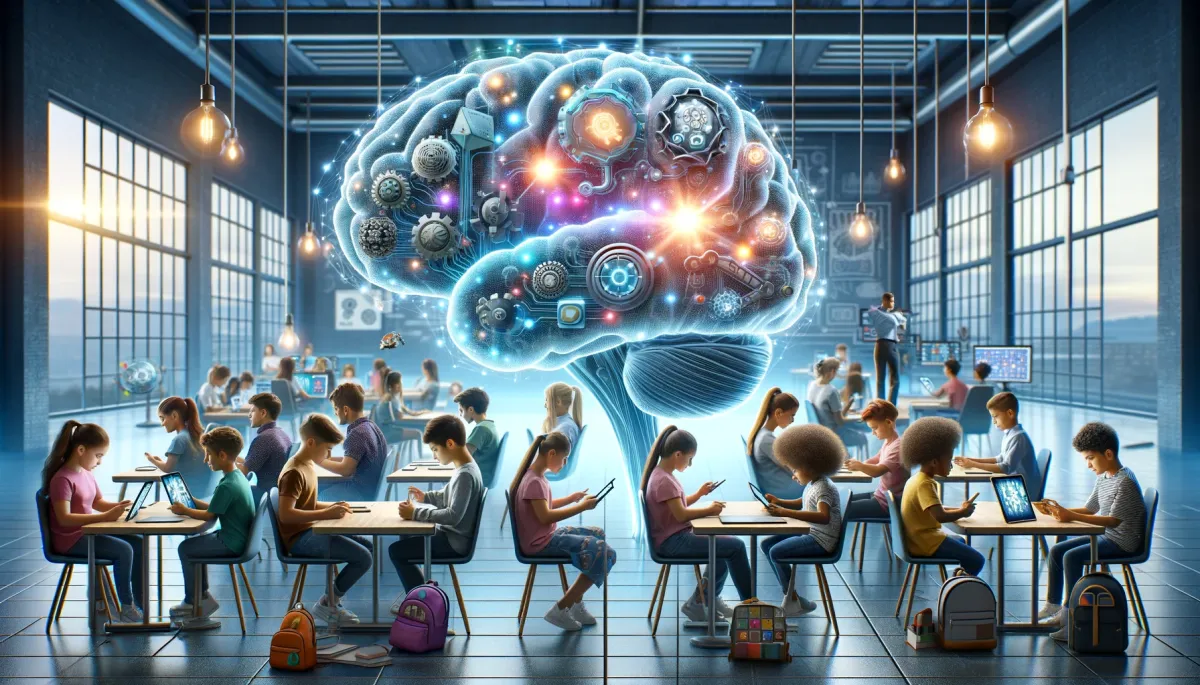
2. The Science Behind Gamification
Psychological Triggers That Make Gamification Effective
Understanding the psychology behind gamification is crucial for its effective implementation. Several psychological triggers can be activated through well-designed gamification elements:
- Reward System: The human brain is wired to seek rewards. When students earn points or badges, it triggers the release of dopamine, a neurotransmitter associated with pleasure and satisfaction.
- Competition: The competitive element in games can be highly motivating. Leaderboards, for instance, can foster a healthy competitive environment.
- Achievement: The sense of accomplishment from completing challenges or missions can be a strong motivator.
- Social Recognition: Features like sharing achievements on social media can offer social validation, which is another powerful motivator.
- Curiosity: Games often involve elements of mystery and exploration, which can pique students' curiosity.
The Role of Reward Systems in Learning
Reward systems are an integral part of gamification, and they can be particularly effective in an educational context. Points, badges, and other rewards serve as tangible indicators of progress and achievement. They not only motivate students but also provide immediate feedback, which is essential for effective learning. According to a study by the University of Chicago, students who received immediate feedback through a point-based system showed a 28% improvement in their test scores compared to those who did not.
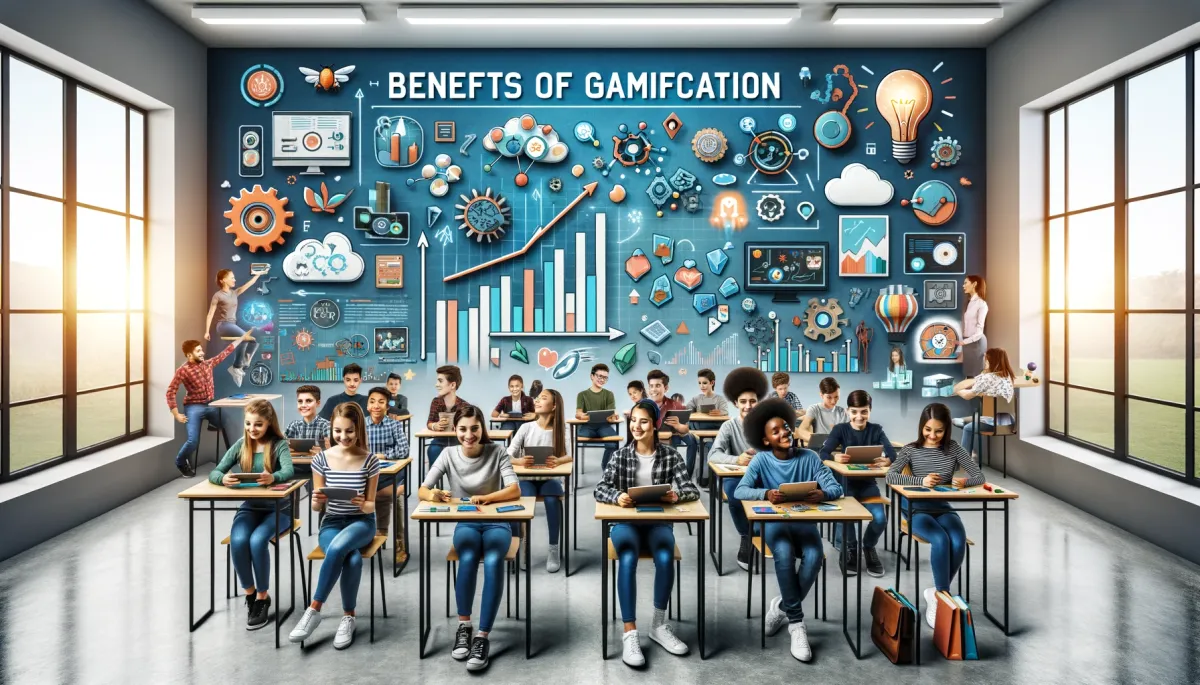
3. Benefits of Gamification
Increased Student Motivation
One of the most compelling benefits of gamification is the surge in student motivation. The game-like elements make the learning process more enjoyable, thereby increasing the willingness to engage. As the famous educator Maria Montessori said, "One test of the correctness of educational procedure is the happiness of the child." Gamification brings this happiness into the learning equation. According to a study published in the Springer Open Journal, gamification significantly enhanced levels of student engagement compared to traditional methods.
Enhanced Learning Outcomes
Gamification doesn't just make learning fun; it makes it more effective. By breaking down complex topics into smaller, game-like challenges, students are more likely to grasp and retain the information. This is particularly important in subjects that are often deemed 'difficult' or 'boring.' A ResearchGate publication revealed that gamification techniques boosted not only student engagement but also improved their attitudes towards learning.
Real-World Case Studies
- Duolingo: This language-learning app uses gamification to make learning a new language fun and interactive. Users earn points, complete challenges, and climb leaderboards, making the learning process highly engaging. Read more.
- Kahoot!: Used in classrooms worldwide, Kahoot! employs quizzes and challenges to make learning interactive. Teachers have reported increased student participation and improved test scores. Read more.
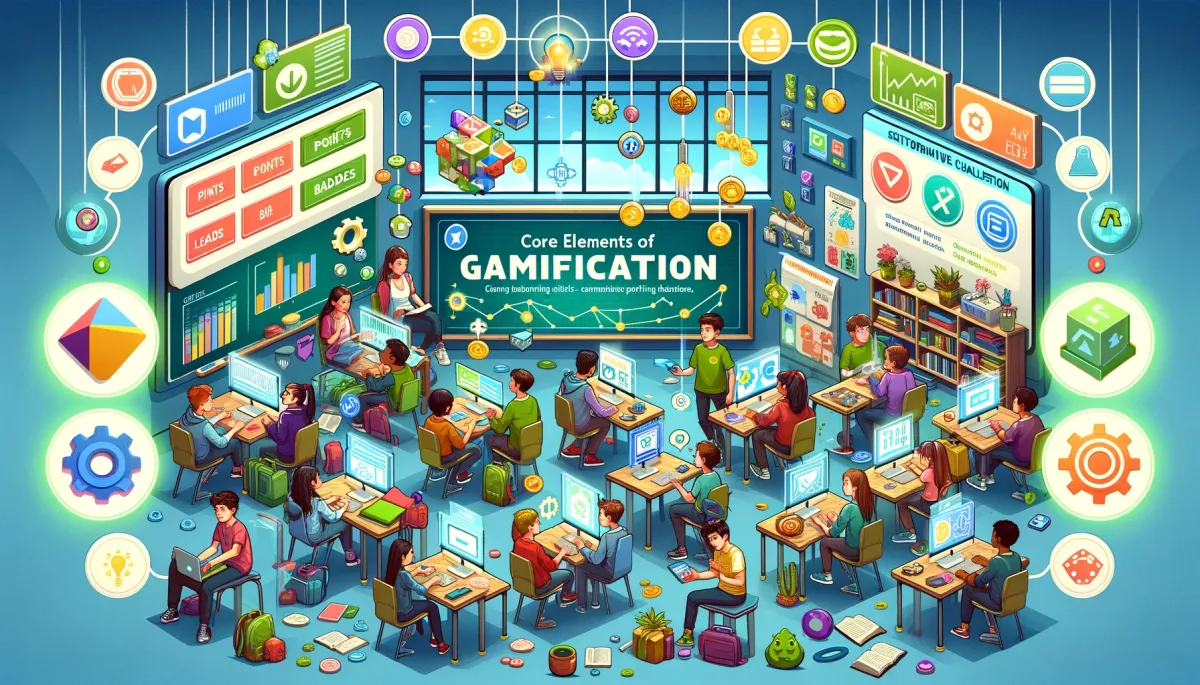
4. Core Elements of Gamification
Points, Badges, and Leaderboards
These are the bread and butter of any gamified system. Points serve as a quantifiable measure of achievement, badges symbolize specific accomplishments, and leaderboards foster a sense of competition among students. Each of these elements plays a unique role in enhancing student engagement:
- Points: Act as immediate feedback and can be accumulated to reach higher levels or unlock features.
- Badges: Symbolize mastery over a particular skill or topic.
- Leaderboards: Create a competitive environment, encouraging students to outperform their peers.
Challenges and Quests
Challenges and quests add an adventure-like quality to the learning process. They can be tailored to fit any subject matter, making them versatile tools for tutors. Challenges often involve problem-solving or critical thinking, while quests are usually longer and may encompass a series of challenges. These elements not only make learning more engaging but also encourage the application of knowledge in practical scenarios.
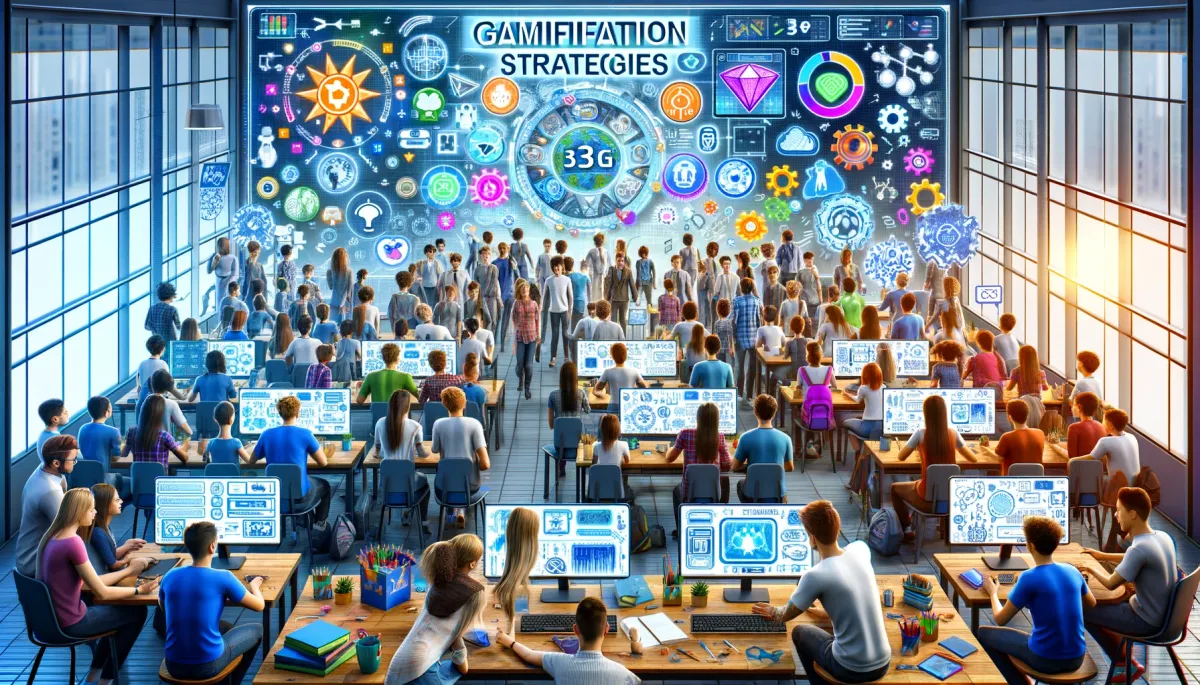
5. Gamification Strategies
Tailoring Gamification to Different Subjects
Gamification is not a one-size-fits-all strategy; it needs to be adapted to the subject matter at hand. For instance, a math tutor might use point-based challenges to solve equations, while a history tutor could employ quests that take students through historical timelines. Here are some popular strategies by subject:
- Math: Use of point-based challenges for solving equations.
- Science: Interactive experiments with badges for successful completion.
- History: Quests that take students through historical timelines.
- Language Arts: Story-based challenges to improve vocabulary and comprehension.
- Physical Education: Leaderboards to track physical challenges and achievements.
Incorporating Virtual Reality in Gamification
Virtual Reality (VR) takes gamification to the next level by providing an immersive learning experience. For example, a biology tutor could use VR to take students on a virtual tour of the human body, making the subject matter more engaging and easier to understand. Learn more about VR in online tutoring.

6. Implementing Gamification in Online Tutoring
Interactive Whiteboards
Interactive whiteboards can be a game-changer in online tutoring. They allow for real-time collaboration and offer various tools to make the learning process more interactive. For example, tutors can use digital markers to highlight important points or employ drag-and-drop features for interactive exercises. Learn more about adopting interactive whiteboards for online tutoring.
AI-Assisted Tools
Artificial Intelligence (AI) can significantly enhance the gamification experience. AI algorithms can analyze student performance and adapt the game elements accordingly. For instance, if a student is struggling with a particular topic, the AI can modify the challenges to focus more on that area, providing a personalized learning experience. Learn more about AI-assisted tutoring tools and their impact.

7. Measuring the Impact
Advanced Analytics for Tracking Engagement
To gauge the effectiveness of gamification techniques, tutors must rely on advanced analytics. Metrics such as engagement rate, completion rate, and time spent on tasks can offer valuable insights into how well the gamification elements are working. For instance, a sudden spike in engagement rates post-implementation could indicate a successful gamification strategy. Learn more about utilizing advanced analytics in online tutoring.
- Engagement Rate: Measures the level of interaction students have with the gamified elements.
- Completion Rate: Indicates how many students complete the gamified tasks or challenges.
- Feedback Score: Captures student satisfaction and areas for improvement.
- Time Spent: Reflects the amount of time students are willing to invest in gamified activities.
- Skill Improvement: Tracks the development of specific skills over time.
Student Feedback Mechanisms
Feedback from students serves as a crucial component for continuous improvement. Regular surveys or quick quizzes can be employed to gather student opinions on the gamification techniques used. This feedback can then be analyzed to make necessary adjustments to the gamification strategy.

8. Risks and Challenges
Over-Gamification
While gamification offers numerous benefits, there's a risk of overdoing it. Excessive gamification can make the learning experience feel superficial, focusing more on the game elements than the educational content. Tutors must strike a balance to ensure that the educational value is not compromised. Read more on maintaining student engagement in online tutoring.
Ensuring Educational Value
The primary aim of gamification is to enhance educational outcomes. Therefore, it's essential to ensure that the game elements used align with the educational objectives. For example, a point system that rewards quick answers might not be suitable for subjects that require deep thinking and problem-solving.

9. Future of Gamification in Education
Blockchain Technology for Secure and Transparent Rewards
Blockchain technology is poised to revolutionize the gamification landscape by providing a secure and transparent system for rewards and achievements. This technology can be used to create immutable records of student accomplishments, making it easier for tutors to track progress and for students to showcase their skills. Learn more about blockchain technology in education and tutoring.
Adaptive Learning Systems
The future also holds promise for adaptive learning systems that tailor the educational experience to each student's needs. These systems use AI algorithms to adapt the difficulty and type of gamification elements based on individual performance, thereby offering a more personalized learning experience.
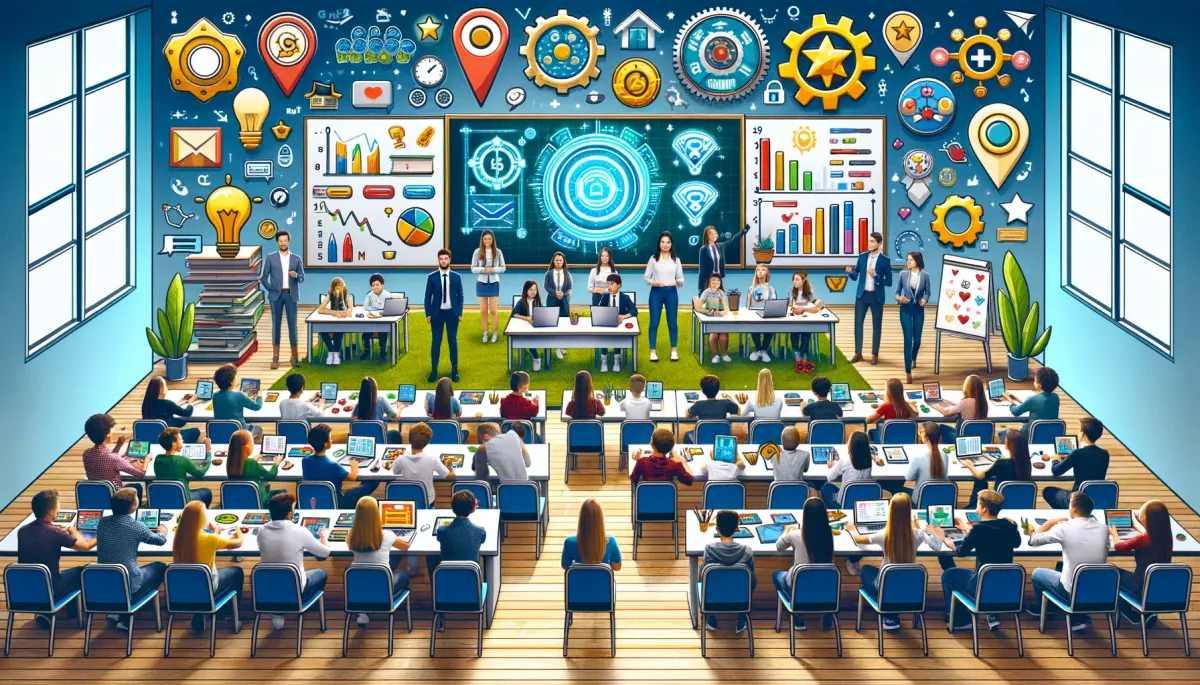
10. Conclusion
Summary of Key Takeaways
Gamification is not merely a trend but a robust strategy for enhancing student engagement and educational outcomes. From points and badges to advanced analytics and blockchain technology, the gamification landscape is rich and ever-evolving.
Call to Action for Educators
Tutors and educators should not hesitate to integrate gamification techniques into their teaching methods. The benefits are manifold, and the future holds even more exciting possibilities. Unlock the full potential of online tutoring with innovative strategies for skyrocketing student engagement.

Frequently Asked Questions (FAQs)
1. What are the benefits of gamification in online tutoring?
Gamification enhances student engagement, motivation, and learning outcomes. It employs psychological triggers like rewards and challenges to make the learning process more interactive and enjoyable. Source
2. How can I implement gamification in my online tutoring sessions?
You can start by incorporating core elements like points, badges, and leaderboards. Utilize interactive whiteboards and AI-assisted tools for a more engaging experience. Learn more
3. What strategies are effective for gamifying different subjects?
Tailoring the gamification elements to the subject matter is crucial. For example, math tutors can use point-based challenges, while history tutors can employ quests. Source
4. How do I measure the impact of gamification?
Advanced analytics can provide insights into engagement rates, completion rates, and time spent on tasks. Regular student feedback is also essential for continuous improvement. Learn more
5. Are there any risks associated with gamification?
Yes, over-gamification can make the learning experience feel superficial. It's essential to strike a balance to ensure that the educational value is not compromised. Source
6. Can gamification be personalized for each student?
Future trends indicate the rise of adaptive learning systems that use AI to personalize the gamification elements based on individual performance. Learn more
7. How can blockchain technology enhance gamification?
Blockchain can provide a secure and transparent system for rewards and achievements, making it easier to track student progress. Learn more
8. What are some real-world examples of successful gamification?
Various case studies demonstrate the effectiveness of gamification in enhancing student engagement and learning outcomes. Source

